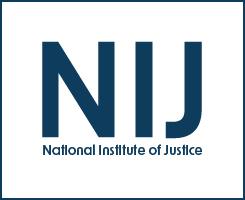Framework for biometric match score fusion using statistical and belief models
Date Published
2009
Agencies
NIJ-Sponsored
Publication Type
Research (Applied/Empirical)


